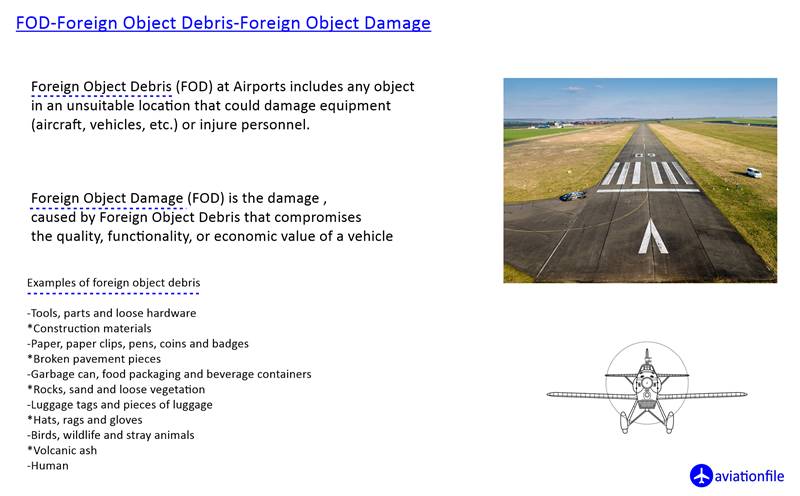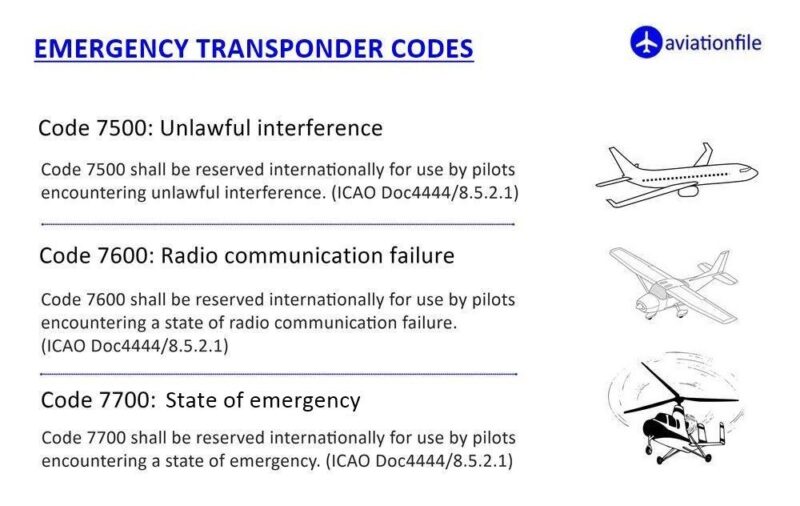Engine Failure and some Examples
Engine failure is one of the most serious emergencies that can occur in aviation. While it is a relatively rare event, it is important for pilots to be prepared for it. This article will discuss the causes of engine failure, the procedures that pilots follow when an engine fails in flight, and some examples of engine failure accidents.
Why do engines fail?
There are a variety of reasons why an engine might fail in flight. Some of the most common causes include:
- Fuel problems: This could include running out of fuel, fuel contamination, or misfueling.
- Mechanical problems: This could include broken or worn parts, overheating, or bird strikes.
- Foreign object damage/debris (FOD): This could be caused by anything from debris on the runway to geese flying into the engine.

What do pilots do when an engine fails?
If an engine fails in flight, the pilot must take immediate action to maintain control of the aircraft and safely land. The first step is to identify the failed engine and feather it, meaning to turn the propeller so that it is no longer producing thrust. The pilot must then maintain best glide speed. This is the speed at which the aircraft will glide the farthest without power. The pilot must also choose a suitable landing site and prepare for landing.

Examples of engine failure accidents
While engine failure is a relatively rare event, it is important to remember that it can happen. Here are a few examples of engine failure accidents:
- Air Canada Flight 143: In 1983, Air Canada Flight 143 ran out of fuel and crashed into a forest near Gimli, Manitoba, Canada. All 69 people on board survived.
- US Airways Flight 1549: In 2009, US Airways Flight 1549 struck a flock of geese and lost both engines. The pilot, Captain Chesley Sullenberger, successfully landed the aircraft on the Hudson River. All 155 people on board survived.
- Southwest Airlines Flight 1380: In 2018, Southwest Airlines Flight 1380 experienced an uncontained engine failure. A piece of shrapnel from the engine damaged the aircraft’s fuselage and one window. One passenger was killed and seven others were injured.
These are just a few examples of these type of accidents. While these incidents are rare event, it is important to remember that it can happen and that it is important to be prepared.
References:
https://simpleflying.com/engine-failure-pilot-perspective/
https://www.hlmlawfirm.com/
https://www.aviationfile.com/us-airways-flight-1549/


